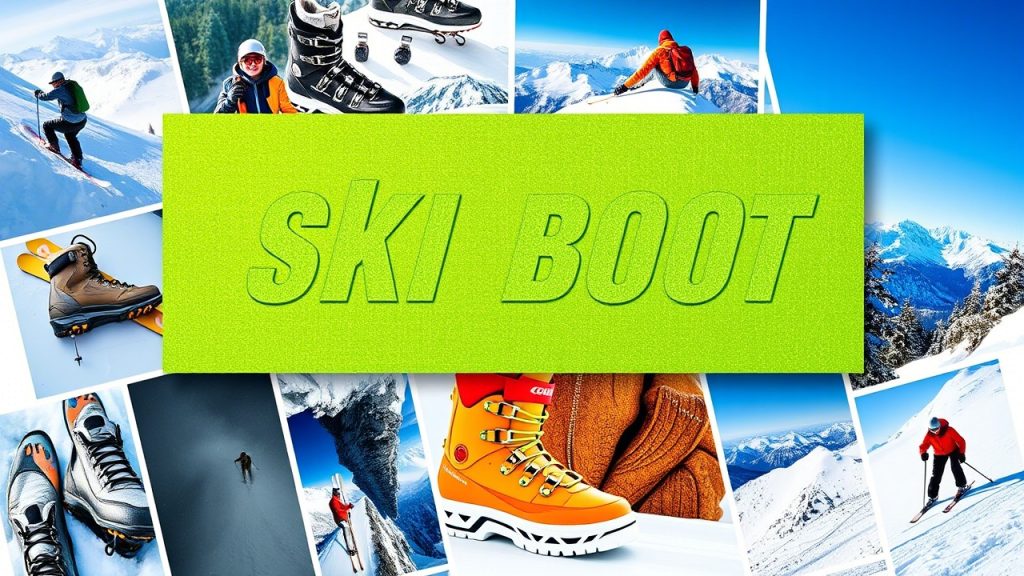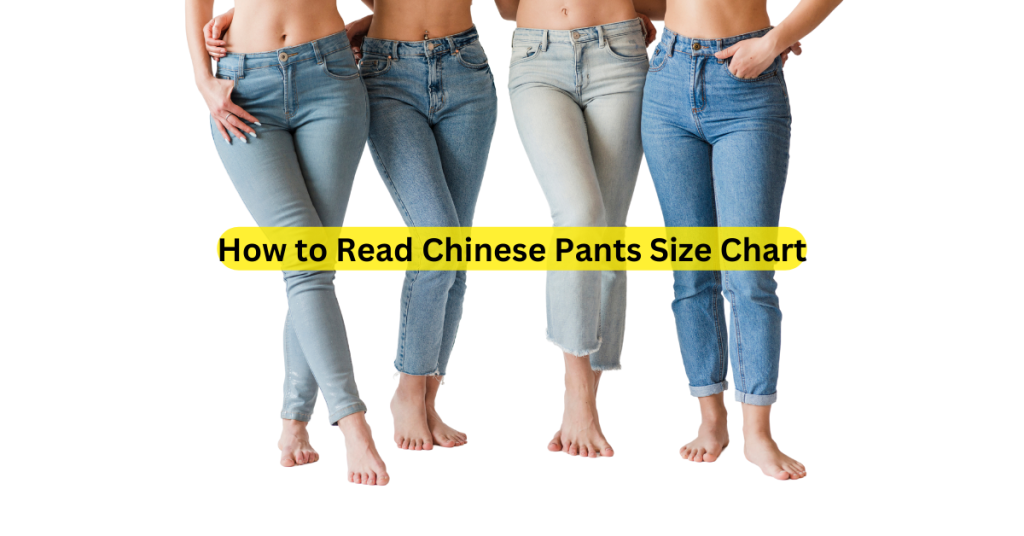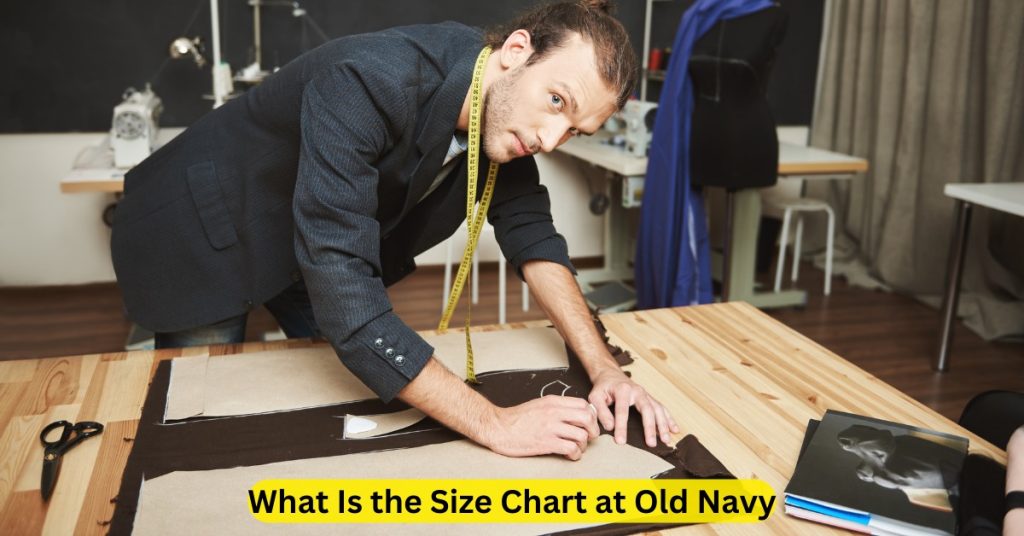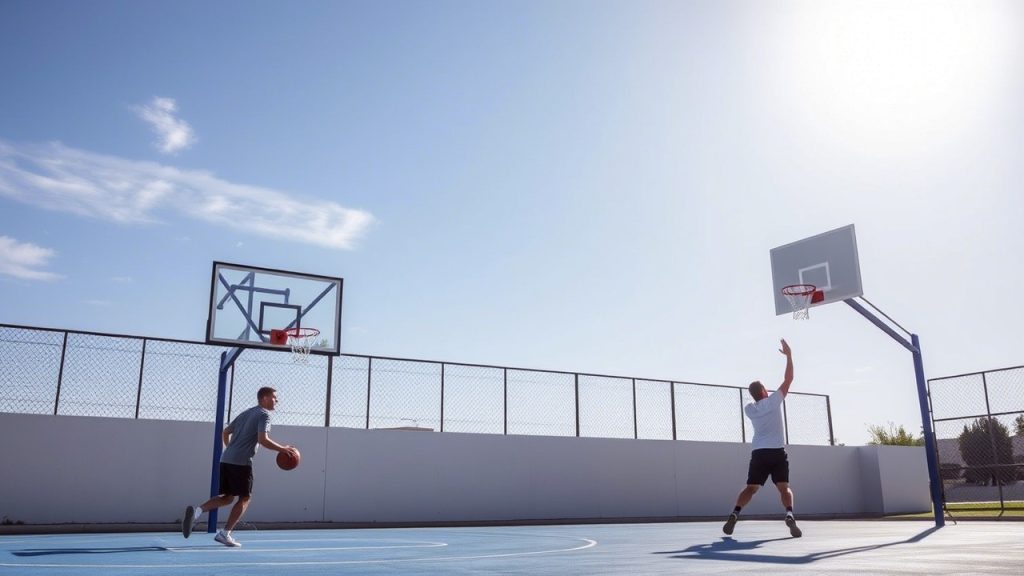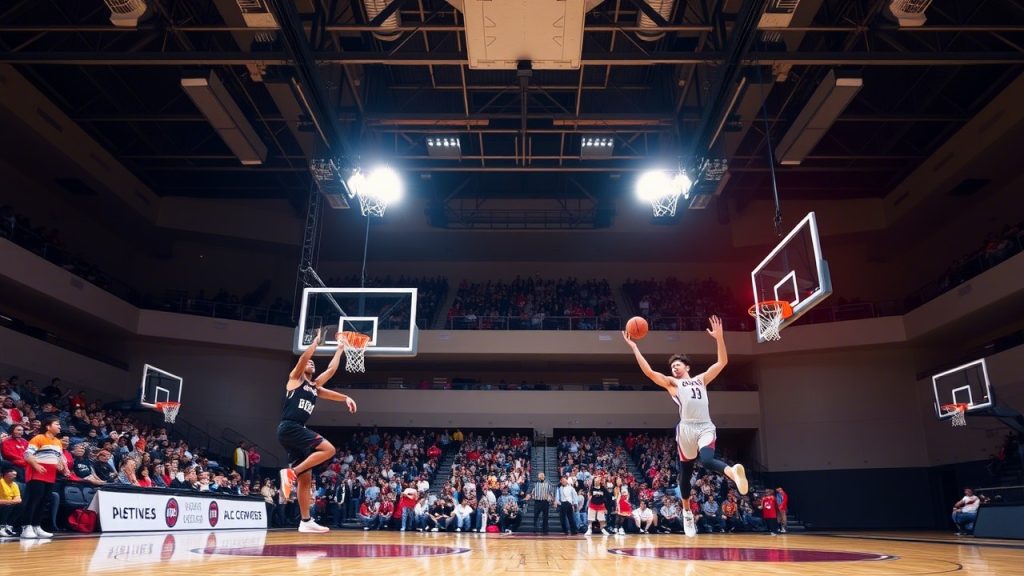19 Best Ski Boot Size Chart Ideas to Improve Foot Alignment
Skiing is an exciting, adrenaline-pumping sport enjoyed by millions across the world. However, one of the most important factors in ensuring an enjoyable and safe skiing experience is making sure your ski boots fit properly. A great fitting ski boot can make the difference between a day of fun on the slopes and a day of discomfort or even injury. One of the key elements to a perfect fit is choosing the right size.
We’ll explore the 19 best ski boot size chart ideas to help improve your foot alignment, ensuring that your boots fit like a glove. Whether you’re a beginner skier or a seasoned pro, understanding how to select the right ski boot size is vital for maximizing performance and comfort on the slopes.
Why Does Ski Boot Size Matter?
Ski boot size is crucial because a proper fit helps ensure optimal foot alignment. Poor alignment can lead to discomfort, blisters, and reduced control over your skis. When your boots fit correctly, you’ll be able to transfer energy efficiently from your body to the skis, improving your overall control and reducing fatigue.
Moreover, the right size boot helps prevent injuries. Ski boots that are too tight or too loose can cause strain on muscles, joints, and ligaments. Therefore, it’s essential to know how to measure your foot properly and choose boots that match your size.
Here are the 19 best ski boot size chart ideas to help guide you to the perfect fit:
1. Understand the Mondo Point System
The Mondo Point sizing system is the most commonly used system for ski boots. It is based on the length of your foot in centimeters, offering a more accurate fit. To find your Mondo size, measure your foot from the heel to the longest toe in centimeters, and match it with the corresponding Mondo size on the chart.
2. Measure Both Feet
Did you know that most people have one foot larger than the other? Always measure both feet and go with the larger foot size. You can add a little extra room for comfort if needed.
3. Consider Boot Flex Rating
The flex rating of ski boots tells you how stiff or soft the boot is. A higher flex number means a stiffer boot, ideal for advanced skiers, while lower flex ratings offer more comfort for beginners.
4. Account for Foot Width
In addition to length, foot width is a crucial factor in boot sizing. Ski boots typically come in three widths: narrow (97-98mm), medium (100-102mm), and wide (104-106mm). Ensure you select a boot width that corresponds with the width of your foot.
5. Check the Heel Hold
Proper heel hold is crucial in ski boots. You want your heel to stay securely in place when skiing. Poor heel hold can cause discomfort and lead to blisters. Make sure the boot’s fit prevents any heel lift or slippage.
6. Consider Your Skiing Style
Your skiing style can influence the size of the boot. If you’re a recreational skier, a more relaxed fit with a little extra room might be beneficial. Competitive skiers, on the other hand, typically prefer a snug, precise fit for maximum performance.
7. Use a Ski Boot Fitting Guide
There are many online resources and guides to help you choose the best ski boots based on your foot measurements and skiing level. Refer to these to ensure you’re getting the right fit.
8. Account for Sock Thickness
The thickness of your ski socks will impact the size of your boot. If you’re wearing thicker socks for warmth, you might need to go up half a size to accommodate the added bulk.
9. Try Before You Buy
Whenever possible, try on ski boots before purchasing. Visit a local ski shop, where experts can assist you with finding the correct size and ensure the boots fit properly.
10. Get Professional Boot Fitting
Consider getting professionally fitted for ski boots. Boot fitters can use advanced equipment and techniques to assess your foot shape and provide expert recommendations for the perfect fit.
11. Look for Boots with Customizable Liners
Boot liners can be customized to your foot’s shape. If you have unique foot contours, look for boots with heat-moldable liners to achieve a custom fit for added comfort and support.
12. Choose Boots Based on Foot Shape
Foot shape varies widely from person to person. If you have a high arch, you might need a boot with extra arch support. Similarly, if you have flat feet, look for boots that offer additional support and cushioning.
13. Watch for Toe Room
Your toes should lightly touch the front of the boot when you’re standing upright. However, when you’re skiing, your foot should move back into the boot, leaving just enough room for your toes to wiggle slightly.
14. Don’t Overlook the Buckles
Properly adjusting the buckles is as important as choosing the right size. Make sure the buckles fit snugly without being too tight. Improper buckling can cause discomfort and poor foot alignment.
15. Use Boot Fit Inserts
Inserts or footbeds are a great way to improve the fit of your ski boots. If you have specific foot conditions, consider using custom insoles to enhance comfort and alignment.
16. Don’t Forget about the Boot Shell
The shell of the boot plays a crucial role in overall fit and performance. Make sure the shell isn’t too tight around the forefoot or instep. A well-fitted shell should offer a balance of support and comfort.
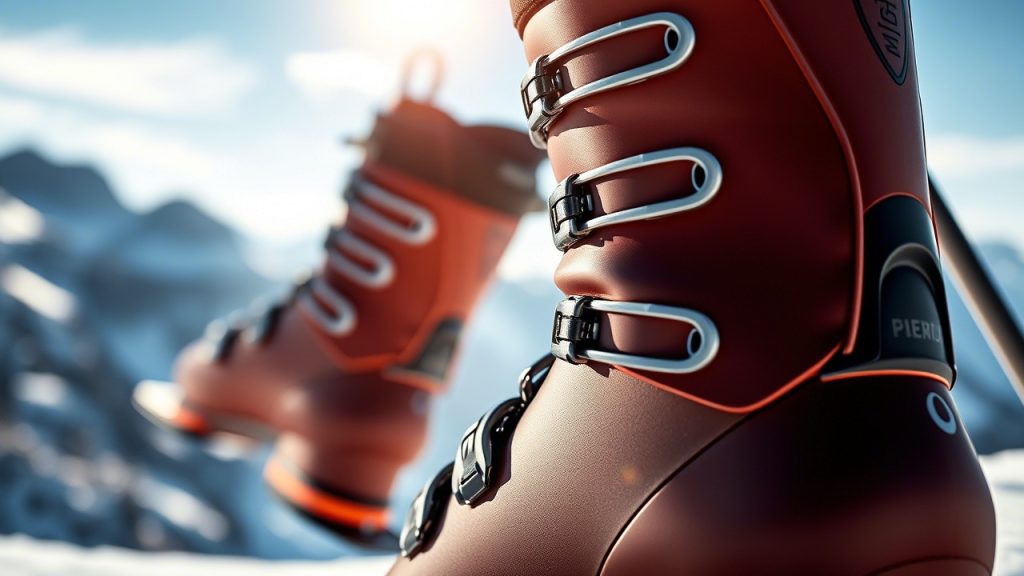
17. Consider Boot Stiffness
As mentioned earlier, boot stiffness (flex rating) is important. Softer boots allow for more comfort and flexibility, while stiffer boots are better for advanced skiers who need maximum control.
18. Check for Pressure Points
When trying on boots, check for any areas of discomfort or pressure. Boots with pressure points can lead to sore spots and blisters during extended skiing sessions. Look for boots that offer even pressure distribution across your foot.
19. Review Your Ski Boot Size Chart Regularly
Ski boot sizing charts may vary between brands and manufacturers, so it’s always a good idea to double-check the size chart before making a purchase. Manufacturers may have slight differences in sizing, so ensure you’re referring to the appropriate one.
9 Frequently Asked Questions About Ski Boot Sizing
- How do I know if my ski boots are too tight? If your ski boots feel cramped or cause pain in certain areas, they might be too tight. You should feel snugness but not discomfort.
- What happens if my ski boots are too loose? Loose ski boots can cause foot slippage, poor control of your skis, and blisters. It can also lead to reduced energy transfer and power.
- How should my toes feel in ski boots? When standing, your toes should lightly touch the front of the boot. However, when you’re skiing, your toes should pull away from the front of the boot.
- Can ski boots stretch? Yes, some ski boots can stretch, particularly if they have heat-moldable liners. A professional boot fitter can assist with stretching the boot shell if necessary.
- Should I size up for ski boots? Generally, you should choose a ski boot that fits your foot size perfectly. If in doubt, go with a snug fit rather than sizing up too much.
- What if I have a high arch? If you have a high arch, look for boots with extra arch support or use custom footbeds to ensure proper alignment and comfort.
- How tight should ski boot buckles be? Ski boot buckles should be snug but not overly tight. A good rule of thumb is to tighten them enough to hold your foot securely in place without causing discomfort.
- Can I use regular socks with ski boots? It’s best to wear socks specifically designed for skiing. Regular socks can create friction, which leads to blisters. Ski socks are designed to provide comfort and wick away moisture.
- How long should ski boots last? Ski boots can last around 5-10 years depending on usage and care. However, if you notice any significant discomfort or changes in performance, it’s time to replace them.
Conclusion
Getting the right ski boot size is crucial for ensuring proper foot alignment and maximizing your skiing performance. By considering your foot shape, using accurate size charts, and working with experts, you can find the perfect pair of boots that will keep you comfortable and in control on the slopes. Follow these 19 best ski boot size chart ideas, and take the time to assess your fit regularly. With the right ski boots, you’ll have more fun, stay safe, and enjoy skiing to the fullest!

